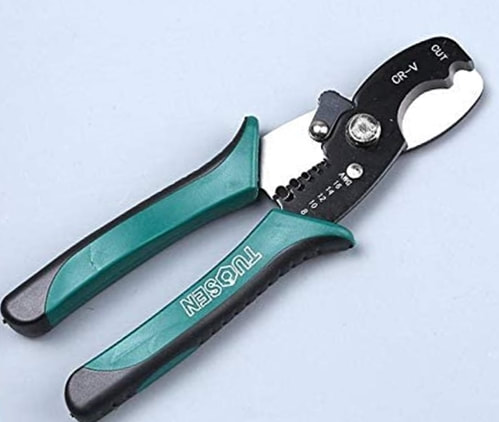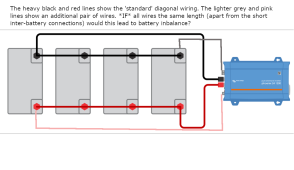phoenixmoon
New Member
No idea / still there as far as I know.What happened to the original converter that provided 12V from 120VAC input? Are you running an inverter? My preferred solution in this case is to leave the RV 12V system intact and power the AC-DC converter with the inverter. While this is inefficient, and it retains a bulky 12V, it simplifies things and provides a second layer of backup for your 12V items.
I do run an inverter.
Charge controller currently displays 26.5V, which I think is a yes.My off-grid setup terminates at a 50A RV power pedestal. Both of my 5th wheels plug in and run their 12V converters from AC. There have been times where my system is taken offline, but the trailers still have 12V power. One of the trailers has the DSL modem for internet powered directly by 12V, so it keeps my connection alive even if I lose AC power.
Does the charge controller display 24V?
I don't have a voltmeter, but I can probably have a friend come by tonight with one.The sense wire on the shunt is probably connected at the wrong location. It should be connected on the primary (+) terminal.
View attachment 153798
The sense wire 1
appears to be connected to location 2
should be connected to location 3
Note that you need to change the "Battery SoC on reset" from "Set to 100%" to "Keep SoC" as disconnecting this wire will cut power to the shunt and reset according to this setting.
Again, please, can you measure and report all 4 12V batteries with a voltmeter?
I've bolded questions in case they get overlooked in my blabberings.




